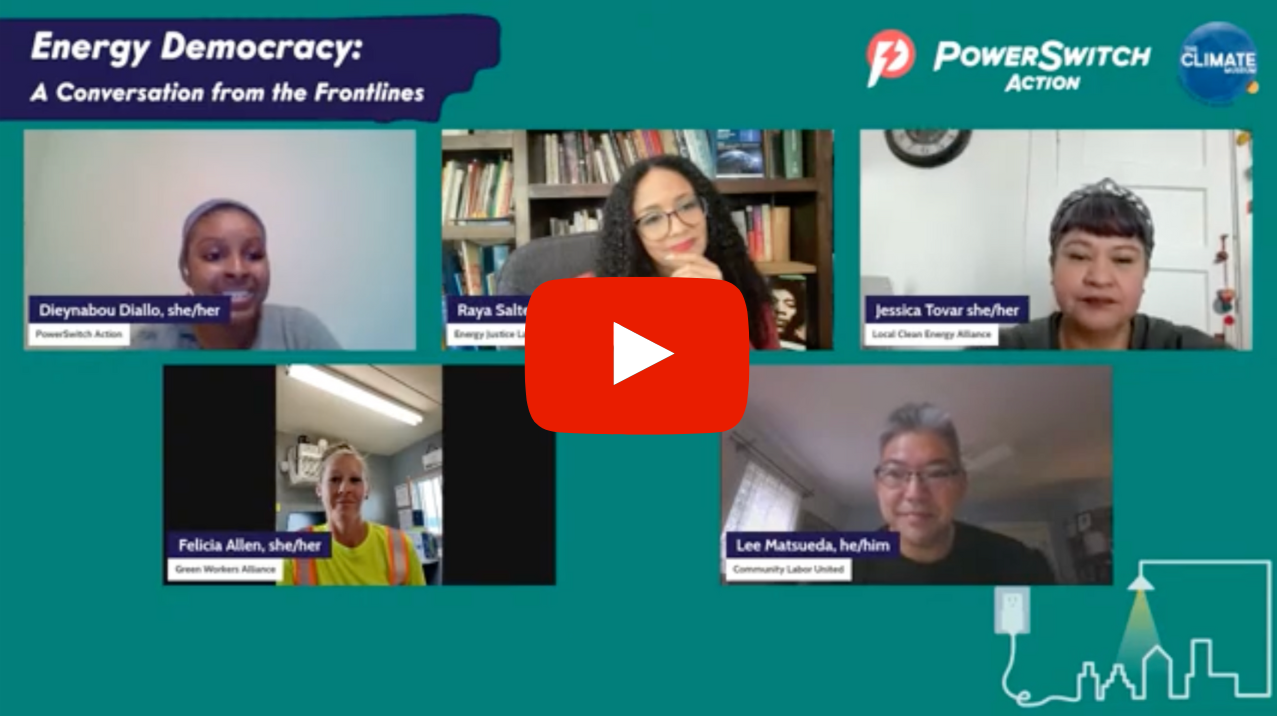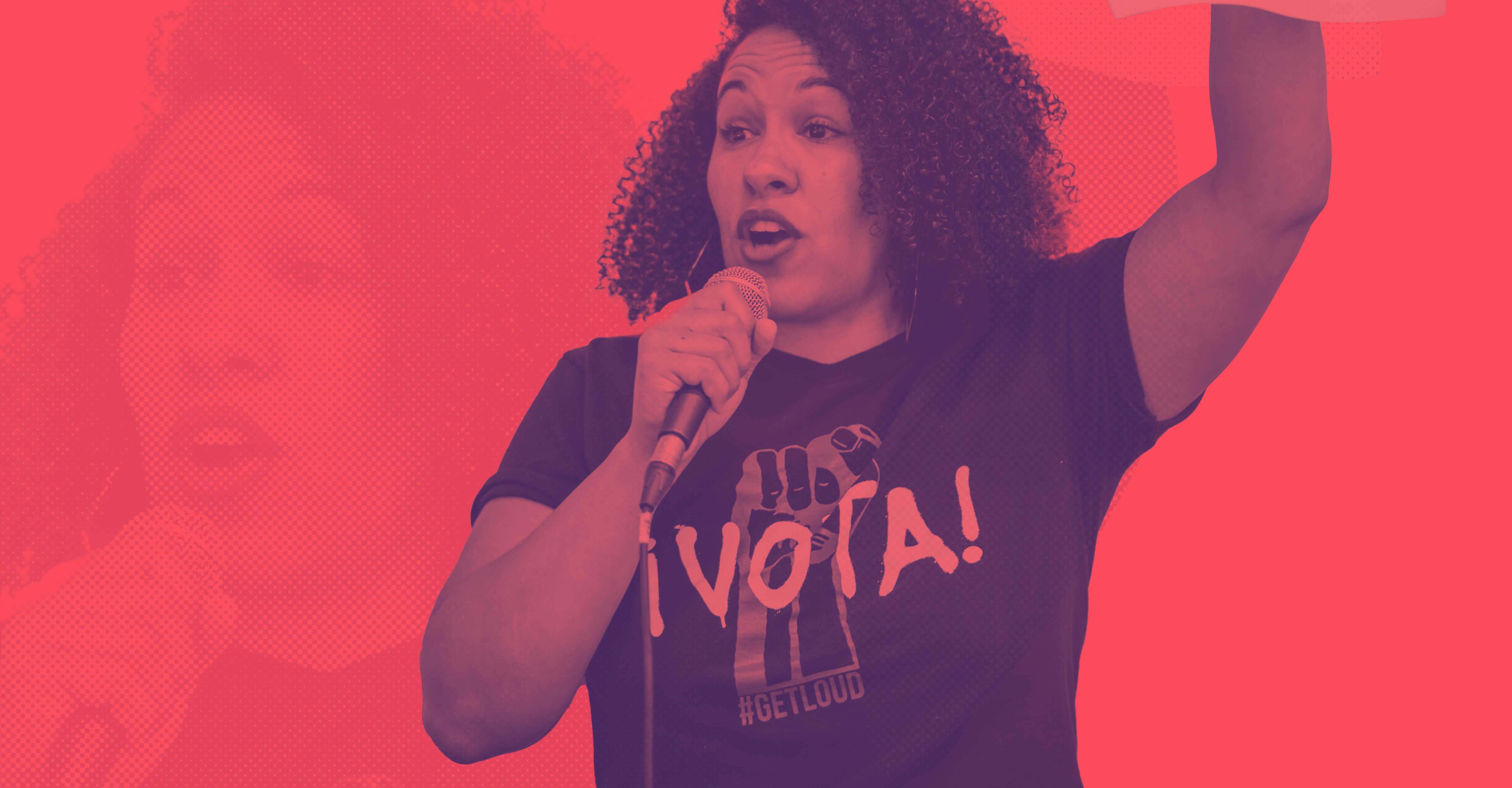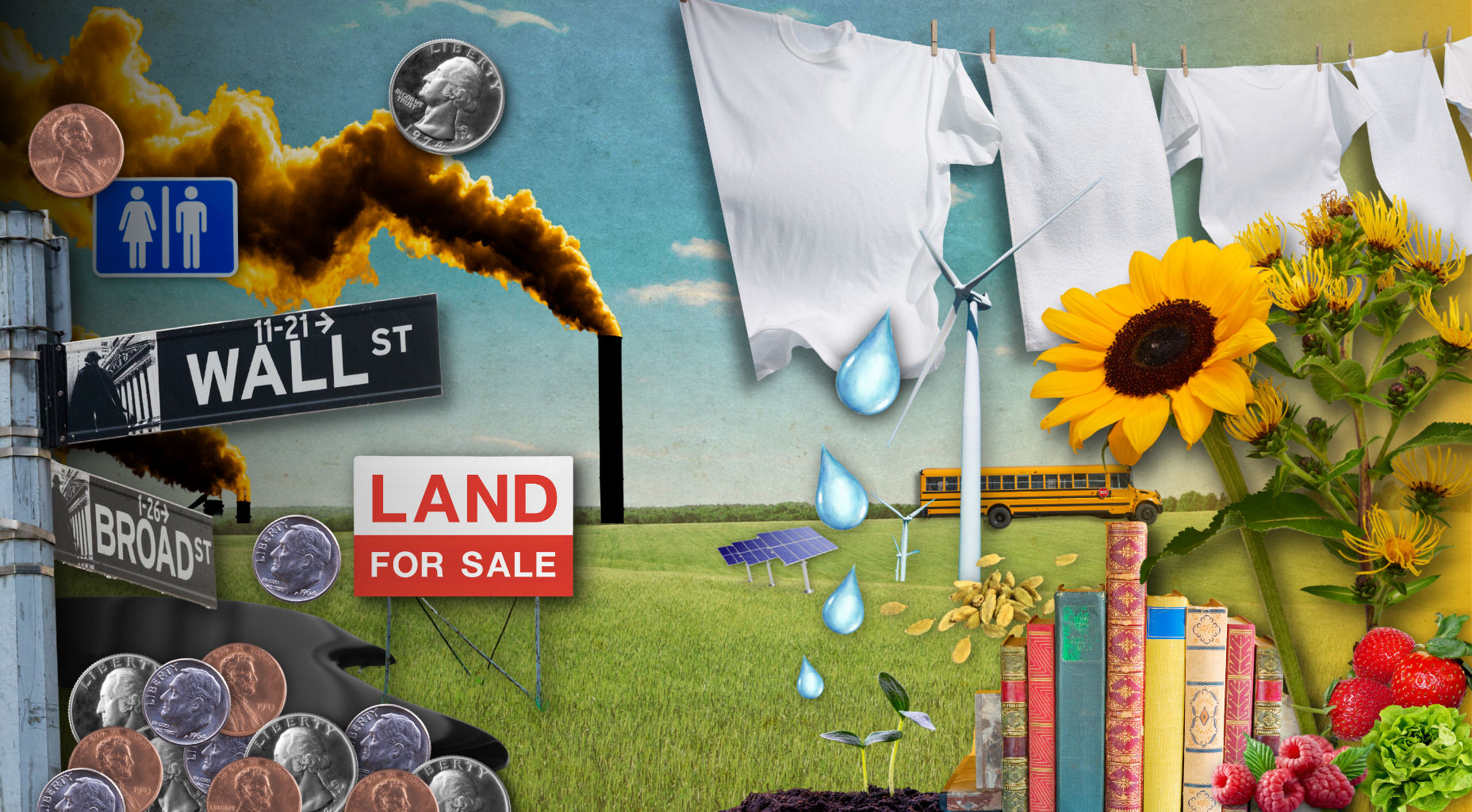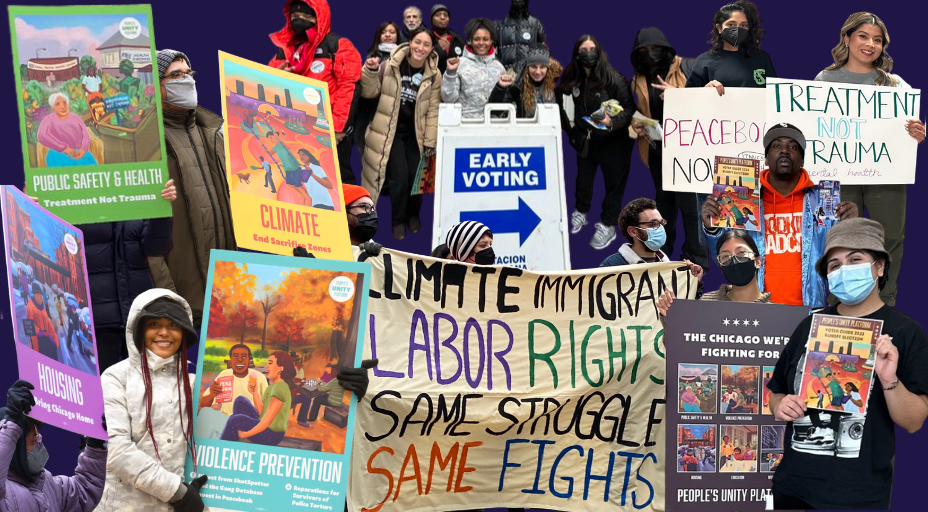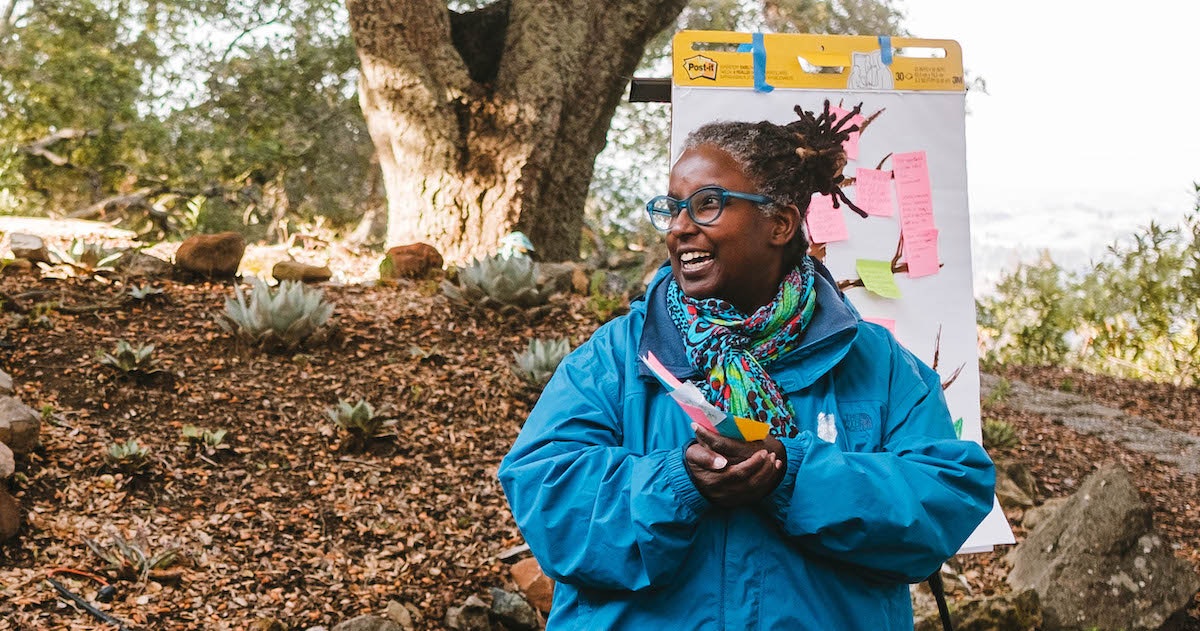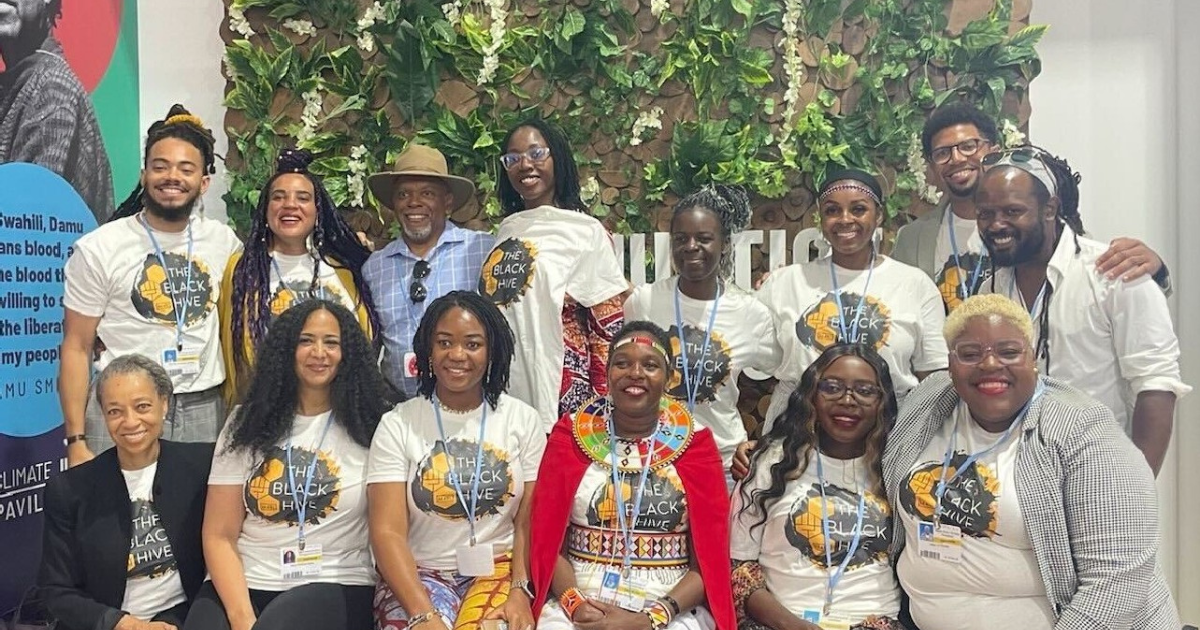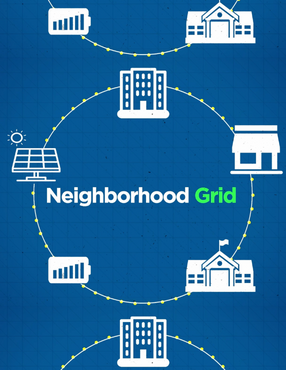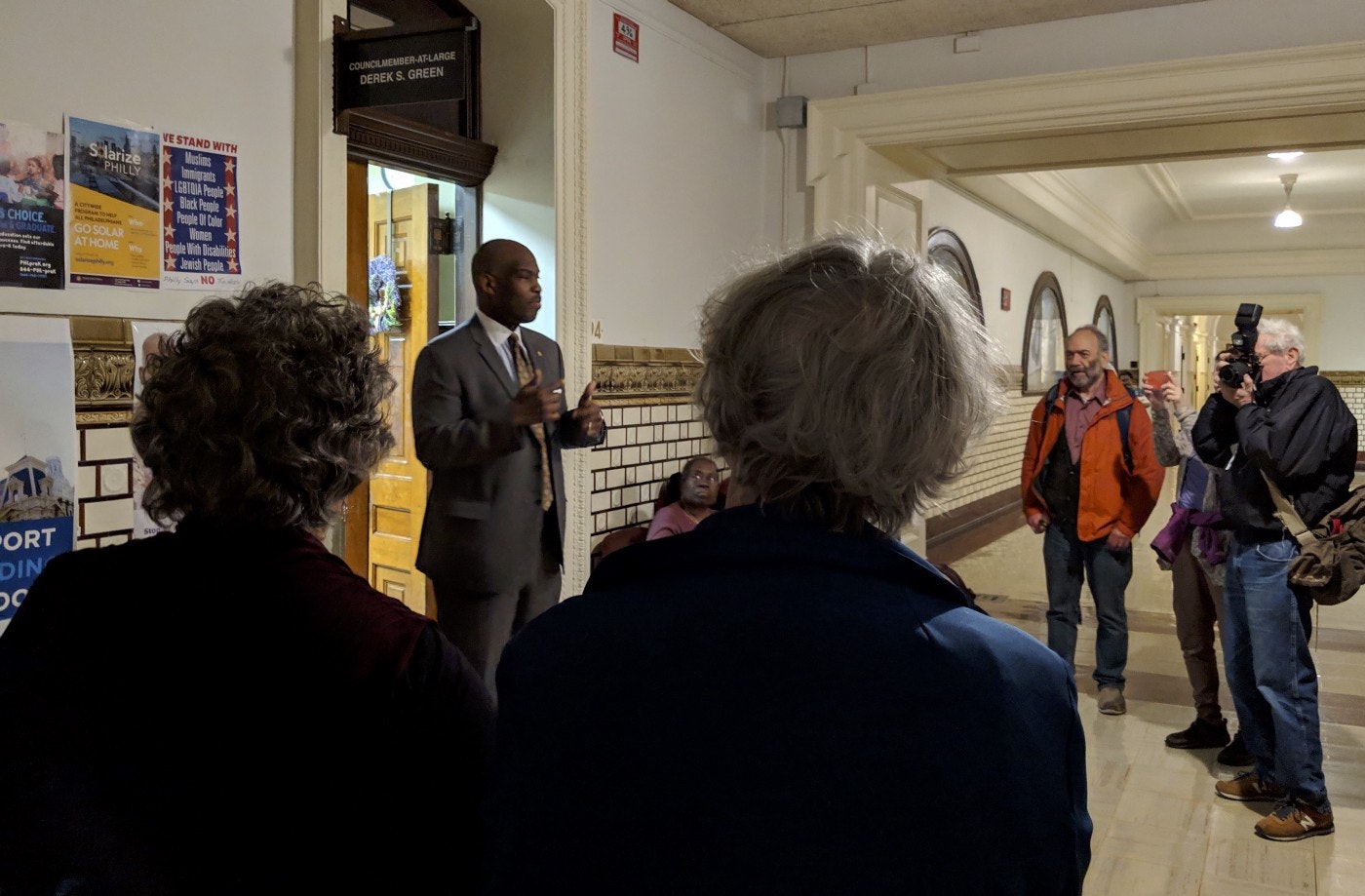By Dieynabou Diallo, Climate Justice Manager
We are in a pivotal moment when it comes to funding solutions for a just, equitable, and renewable climate future. From the Bipartisan Infrastructure Law to the Inflation Reduction Act to other climate initiatives, trillions of federal dollars are flowing to build climate resilient cities and states. But in this moment of change, are we just going to switch from gas to induction stoves and produce more electric vehicles? Or can we pursue a more bold and visionary path: shifting from exploitative private utilities to a renewable energy system governed by local communities.
We think the choice is pretty obvious, and earlier this month I spoke with four leaders who are building Energy Democracy in communities across the country.
“Energy democracy is not just shifting policy and governance over public funds and infrastructure, it’s also about community ownership,” shares Lee Matsueda, executive director of the Boston-based nonprofit Community Labor United (CLU).
In Boston’s Chinatown and Chelsea neighborhoods, CLU and the Green Justice Coalition are organizing with frontline workers and environmental justice communities to not only build their own electric system that can support and sustain them during climate disasters, but to have ownership over it entirely. After securing public funds to develop a community-governed microgrid, CLU and their coalition partners are set to break ground on the project later this year.
For communities like Chinatown and Chelsea, owning their own energy system allows them to prioritize community needs during outages and other crises, build climate resilience, and practice authentic community governance.
In other places, Energy Democracy involves fighting back against greedy private utility corporations and the outsized power they hold over our energy systems. From how electricity is generated to what we have to pay to access it, private utilities make decisions that prioritize their profits at the expense of working people, communities, and the planet.
“Energy democracy means we can transform our communities from sacrifice zones into hubs of clean energy solutions,” shares Jessica Tovar, energy democracy organizer with the Local Clean Energy Alliance (LCEA). In the East Bay, LCEA has been advocating for Community Choice Programs, which would replace investor-owned utilities with an energy agency run by local elected officials. LCEA helped established the East Bay Clean Energy Alliance in 2018, which is a public power agency that provides greener energy, low rates, and local community benefits
In cities and states across the US, workers, organizers, and everyday people are reimagining and building electric systems that truly work for their communities and the planet. Green Workers Alliance, a national group of solar and wind workers organizing for climate action and good jobs, is literally building the clean energy infrastructure we desperately need.
“We're wind workers, we're solar workers, we are the community. We live around these areas,” shares Felicia Allen, a solar renewables worker based in Ohio and a leader with the Green Workers Alliance.
“Without us, these renewable plants aren't going to be built. And without renewables, we can't change the world.”
Workers and everyday people want an energy system that provides good jobs, affordable and reliable electricity, and clean air and water. But private utility corporations and the fossil fuel industry aren’t going down without a fight. We’ve seen lobbyists and industry groups pour millions into campaigns against local energy and climate initiatives. And even when climate policies are won, holding leaders accountable so that they implement those new laws is another challenge.
“Nothing real happens,” shares Raya Salter, executive director of the Energy Justice Law and Policy Center, “without advocates and activists on the ground, making it happen and keeping the pressure on.” Raya is part of a group of climate and energy justice advocates who helped win the New York climate scoping plan, which includes the Build Public Renewables Act requiring state-owned properties to run on renewable energy by 2030. A huge environmental justice win, the plan has faced threats and pushback by fossil fuel interests that have deep political connections and even deeper pockets.
While lobbyists and industry groups attempt to squash climate initiatives, divide and disempower people, and increase their profits, local communities are fighting back. They’re holding corporations and elected leaders accountable when it comes to addressing environmental harms in their communities, fulfilling promises made to workers, and implementing hard-won climate policies. They’re also bringing together labor unions and community groups to implement climate projects that are just, holistic, and invest in communities for the long haul.
We know that electricity is vital to our lives. We need it to power our homes, schools, hospitals, transportation systems, and even our communications. And private utility corporations and the fossil fuel industry want us to believe that their way is the only way. But workers, organizers, and communities across the country are proving that Energy Democracy, an energy system governed by people, is possible—and we can have it everywhere.
